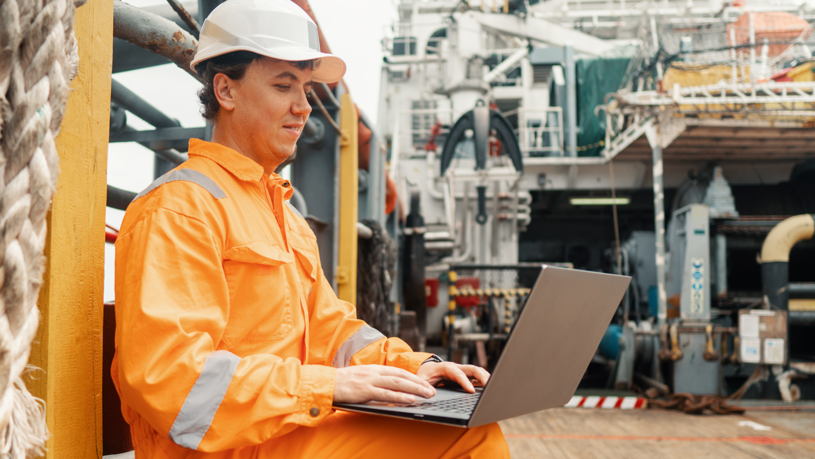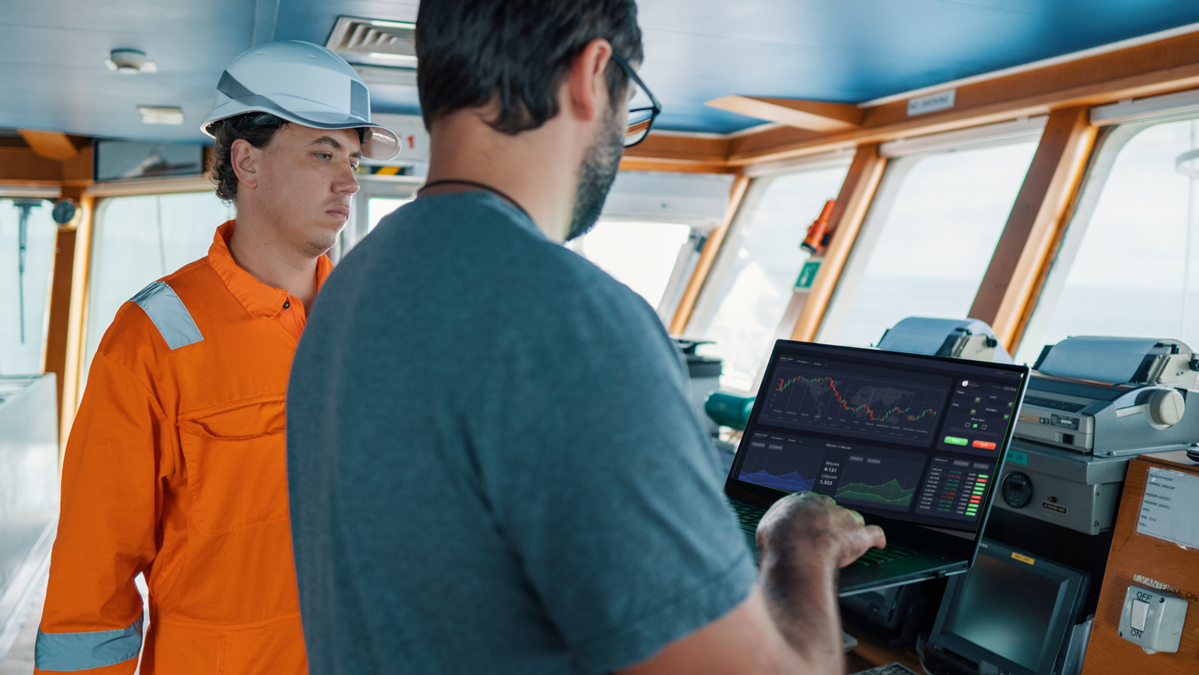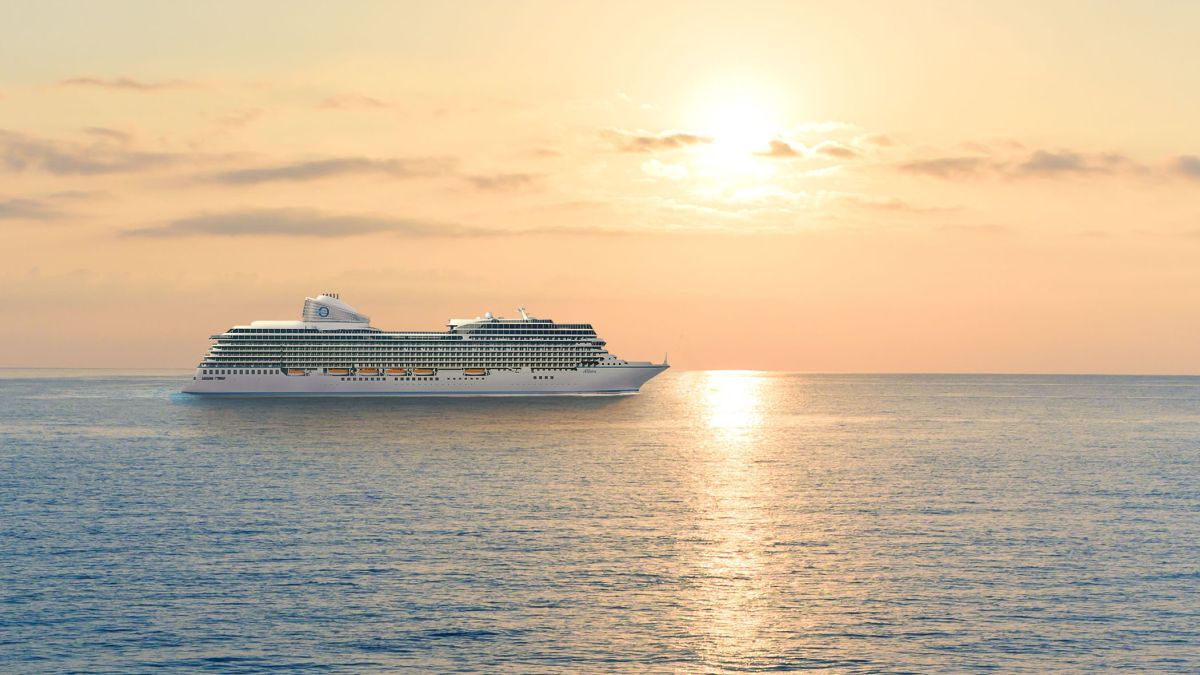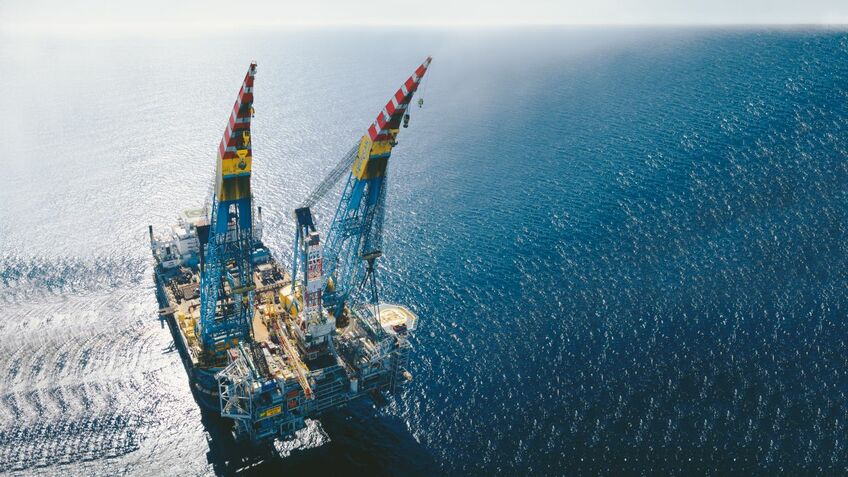Business Sectors
Events
Contents
Three Key Uses of Maritime IoT
Vessel performance optimization has long been a key concern of shipping companies, equipment manufacturers, and marine services experts, but there are new entrants who are taking on the challenge as well. Experts who have used real-time data and the Internet of Things (IoT) to optimize other industries are now creating solutions for the maritime world.
As the shipping industry moves forward into post-COVID waters, there is a growing realization that digitalization provides many benefits and tools that can help each vessel operate more smartly and efficiently. Vessel performance optimization has long been a key concern of shipping companies, equipment manufacturers, and marine services experts, but there are new entrants who are taking on the challenge as well. Experts who have used real-time data and the Internet of Things (IoT) to optimize other industries are now creating solutions for the maritime world. In turn, maritime operators are increasingly interested in what IoT can do for them. Three key uses for maritime IoT are emerging: condition, performance, and compliance monitoring, and with them, the ability to provide deep sea action.
Condition: Monitoring the state/condition of vessel devices, sensors, material, cargo, and crew members is the most straightforward IoT application. The process of monitoring is enhanced by powerful artificial intelligence and machine-learning algorithms that interpret real-time data. The result is the ability to provide projections that support a maritime operator’s planning processes and budgeting and to suggest early interventions based on accurate real-time vessel condition.
Performance: Machine-to-machine connectivity can go beyond simple condition monitoring and can assess the vessel’s performance in a web of applications and integrated systems. Performance monitoring and optimization is at the heart of improving vessel operations such as fuel savings or impacting the environment by reducing carbon emissions, for example. Other than just monitoring the state, performance management compares the system with other systems onboard or across the fleet against specific key performance indicators (KPIs) set by various stakeholders. Beyond monitoring, it is also critical to have the ability to take action when indicators are below performance targets.
Compliance: Vessel owners and operators are required to meet specific regulations by numerous entities including the IMO, port authorities, cargo owners, P&I clubs, and class societies. Being able to produce tailored real-time reports or integrate sensor output with dashboards monitored by different stakeholders allows vessel owners and operators to address compliance matters while streamlining their internal operations. Measurement-reporting-verification (MRV) reports and remote surveys are examples of IoT-powered compliance that go beyond the Noon report.
With the use of maritime IoT, which relies on real-time data flowing from the vessel to experts onshore, there is an accompanying need to control not only bandwidth but also cybersecurity. IMO 2021 cybersecurity guidelines highlight the importance of separating information technology (IT) data and operational technology (OT) data. The use of a dedicated VSAT system for IoT connectivity is highly recommended. To realize the condition, performance, and compliance benefits of IoT, a dedicated antenna also allows a shipping company, equipment manufacturer, and IoT service company to have real-time data flow at all times during the vessel’s voyage, even at deep sea, so that experts on land can troubleshoot and help support the vessel when it needs it most.
As the adoption of maritime IoT continues, more and more vessel operators are seeing that a dedicated VSAT IoT connectivity solution such as KVH Watch® IoT Connectivity as a Service with a simple monthly subscription and no CAPEX can provide the benefits of a connected ship in the most secure way possible.
Download KVH’s case study, “How Maritime IoT Connectivity Transforms Performance & Profits”
Related to this Story
Events
Maritime Environmental Protection Webinar Week
Cyber & Vessel Security Webinar Week
The illusion of safety: what we're getting wrong about crews, tech, and fatigue
Responsible Ship Recycling Forum 2025
© 2024 Riviera Maritime Media Ltd.















